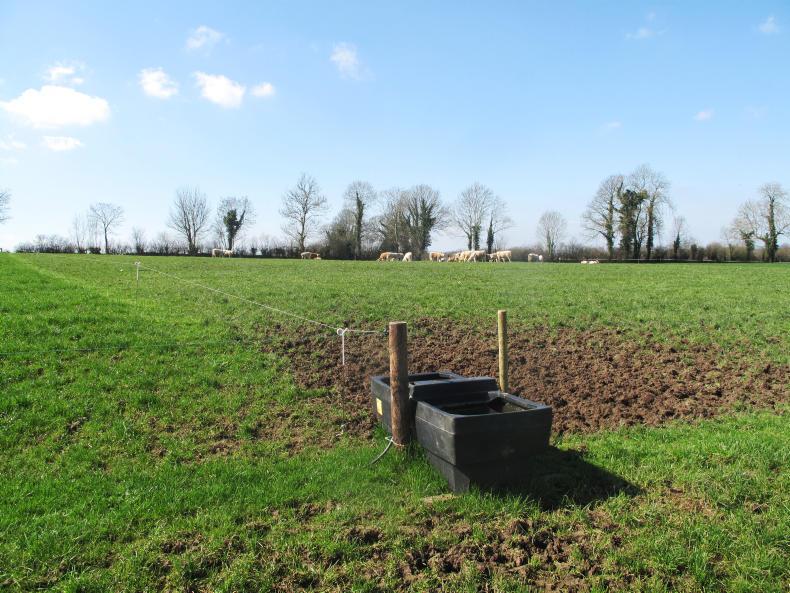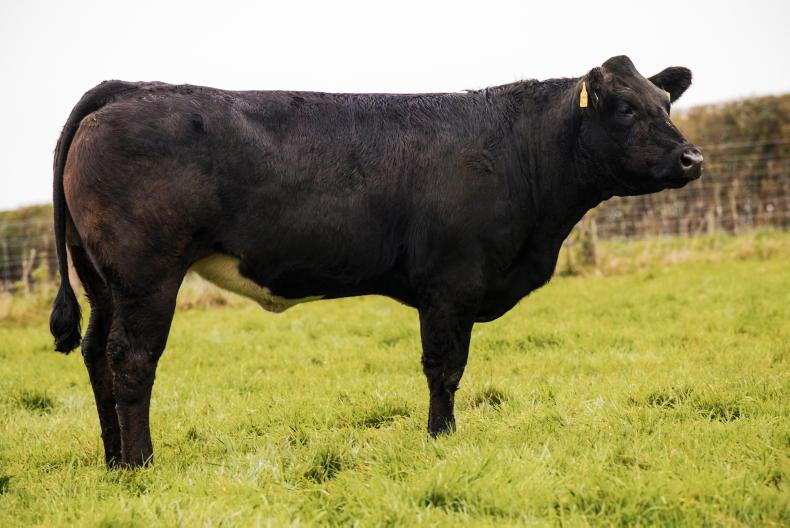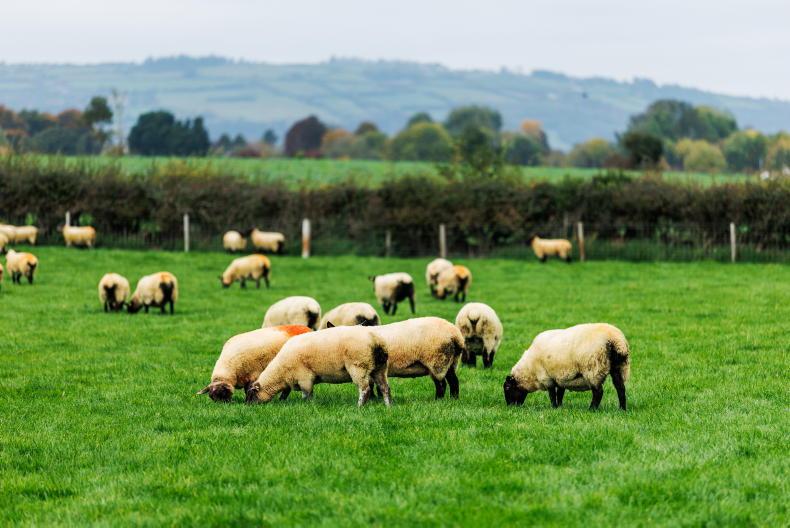Difficult grazing conditions throughout the summer and autumn have left many farms carrying heavy grass covers into October.
Trying to utilise this grass is a problem for farmers where grazing ground is still capable of carrying livestock.
On heavy farms where soils are waterlogged due to more heavy rain this week, the options to utilise this grass are extremely limited. There is no prospect of grazing this land with cattle again this year.
Carrying heavy covers through the winter will lead to a build-up of dead material in the sward. This dead grass usually forms a mat and lodges. If not eaten off, grass growth will be slow to come next spring.
Cleaning off heavy covers is also important for spreading slurry on ground before the closed period.
So what are your options for cleaning out heavy covers?
Outlined below are 10 possible options to help you graze off some, or all heavy grass covers on farm before the winter.
1. Strip-grazing
Where ground is still carrying cattle, strip-grazing using temporary electric wire will increase grass utilisation and help clean out swards.
As strip-grazing prevents cows from walking ahead and trampling the sward, utilisation is higher.
Strip-grazing gives cows smaller daily grass allocations. As animals are always getting fresh, clean grass, intakes are higher.
You need to move the wire at the same time each day to prevent cattle from becoming hungry and unsettled.
If you are able to move the fence twice per day, working off a 12-hour grazing, then utilisation will be even higher.
2. Split paddocks to 12- or 24-hour blocks
Splitting paddocks to 24-hour grazing blocks works on the same principle as strip-grazing by preventing cattle from trampling and spoiling the sward.
Again, make sure you are moving the cattle to fresh grass at the same time each day to prevent them from becoming unsettled.
Where cattle are grazing wet grass, they drink less, so provision of water in 12- to 24-hour blocks is not as big an issue, unless cattle are eating high levels of meal for finishing.
3. Increase group size
You might think running a larger group of livestock is the last thing you want to do. But where ground is carrying animals, and you are using strip-grazing or 24-hour paddocks, a larger grazing group will graze paddocks out much quicker and tighter.
4. Graze paddock from both sides of the field.
If option three is not for you, you could try to strip-graze the paddock from both ends of the field. That way you are getting more stock on to a paddock, but in two smaller groups.
This will speed up the rate at which you are cleaning out covers before you have to house animals for the winter.
5. Use light weanlings or autumn calves
Picking out the lightest spring-born weanlings or allowing autumn born calves to remain at grass for as long as possible, will help to graze off heavy covers and inflict less surface damage.
6. On-off grazing
Housing autumn-calving cows and allowing their calves to creep out to grass by day will make good use of grass. Calf performance is usually increased also. The daily feed demand of the cow will also be reduced, saving valuable silage.
This option requires land and housing facilities to be next to each other to make access to grass easier.
Light spring-born weanlings can do a similar job, but will cause surface damage quicker than autumn calves.
7. Buying light stores
Buying cattle won’t be for everyone, but there are farmers who buy weanlings every year to winter and graze the following year.
This autumn, there may be an opportunity to buy some lighter spring-born weanlings in certain parts of the country. These cattle could possibly be grazed before housing.
This would help to utilise grass, improve weanling performance and help stretch silage supplies over winter.
8. Store lambs
If your ground is not fit to carry cattle, or you do not have suitable cattle to graze land, store lambs are an option. You will require good fencing, making it a more restrictive option for some farmers.
Otherwise, with mains electric fencing, you can set up some boundary fences using plastic stakes and running three or four strands of temporary electric wire and reels.
Store lambs will be cheaper to buy than weanlings in the mart. They will also be ready for sale again within a few months of purchasing.
9. Winter grazing of sheep
Leasing ground for winter grazing by sheep will help to graze off grass without you having to buy any animals or tend to them.
There will also be an income from the leasing of land. Again, it will depend on the fencing on the farm. Make sure you agree a set date to have sheep removed from the farm, otherwise you could run short of spring grass for your own animals.
Rather than set stocking the sheep on the farm, try and keep them to a rotation so that you can close up the paddocks as the sheep move around the farm.
10. Silage bales
For some farmers, there is some settled weather forecast that may present an opportunity to remove heavy grass as baled silage. Ground conditions will really come into play here.
It will be a more costly option than grazing, but it may be valuable feed as there is a chance that there will be a shortage of silage in certain parts of the country this winter.










SHARING OPTIONS